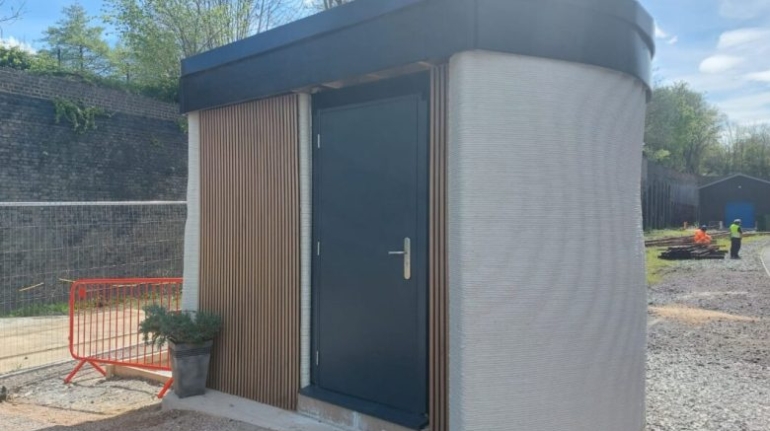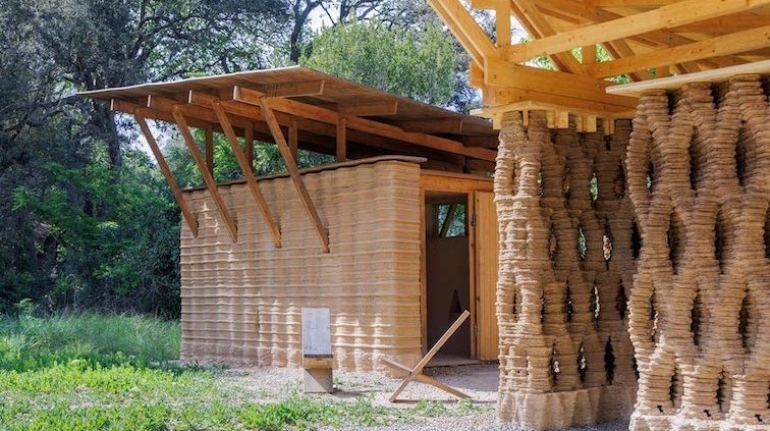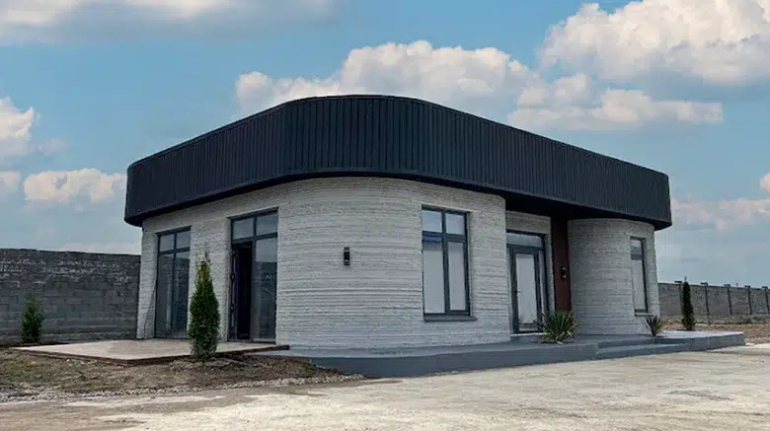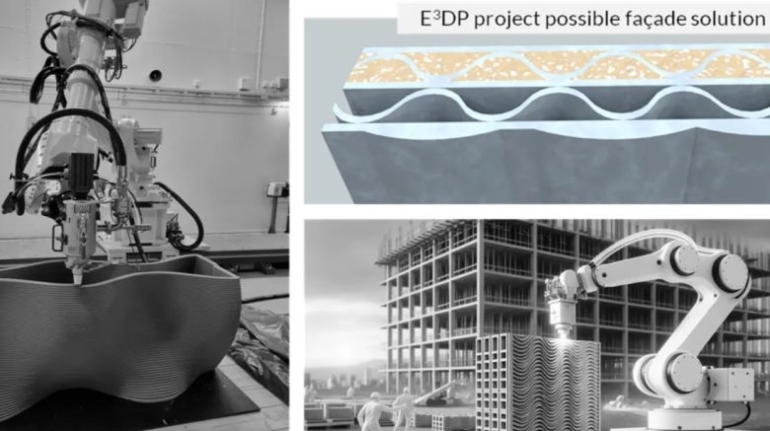Strengthening 3D printed concrete with cellulose nanofibrils Construction 3D Printing
According to Science Daily, a research team led by engineers at the University of Virginia School of Engineering and Applied Science is pioneering the exploration of how cellulose nanofibrils (CNF), a plant-based material, can enhance 3D printed concrete technology. The team’s findings will be published in the September 2024 issue of Cement and Concrete Composites.




